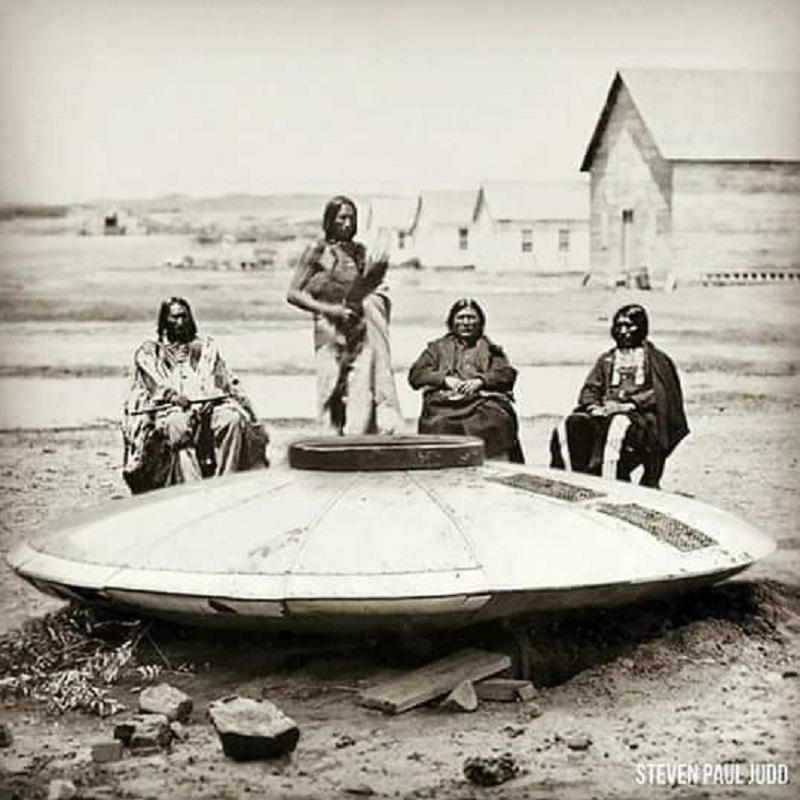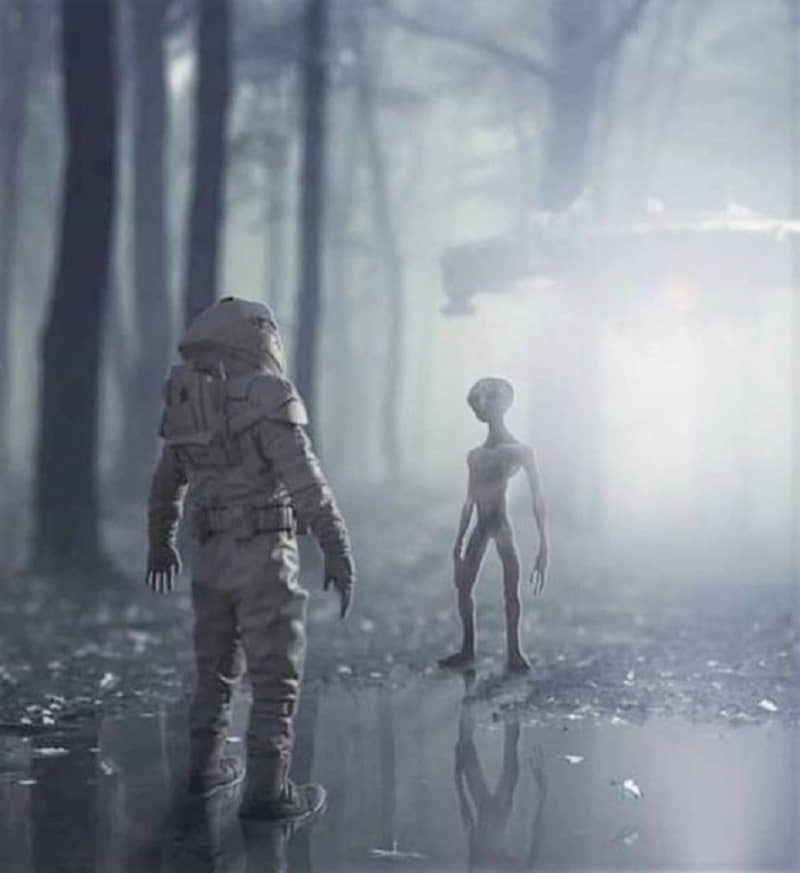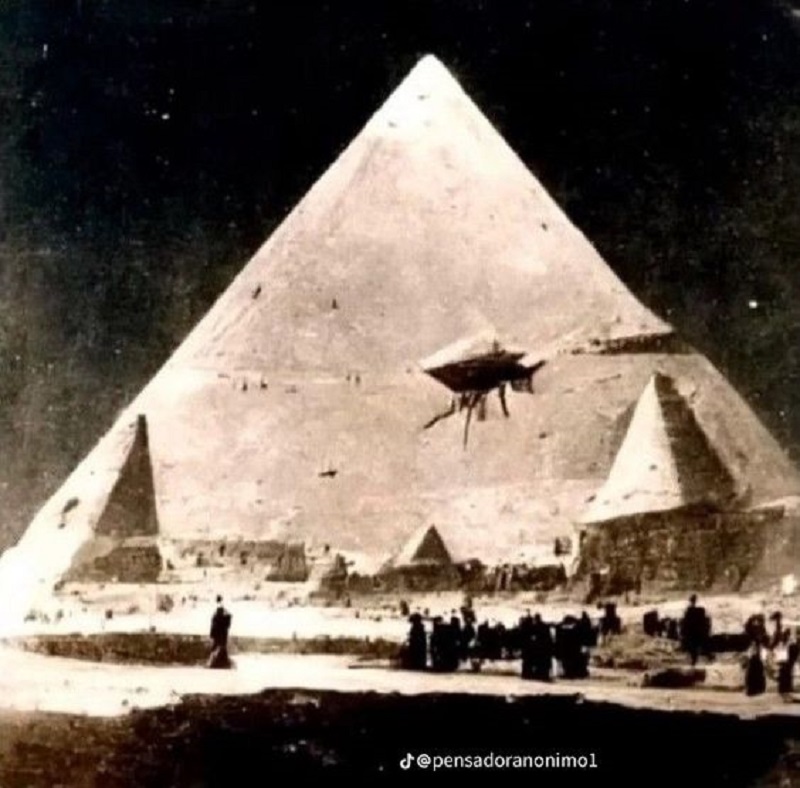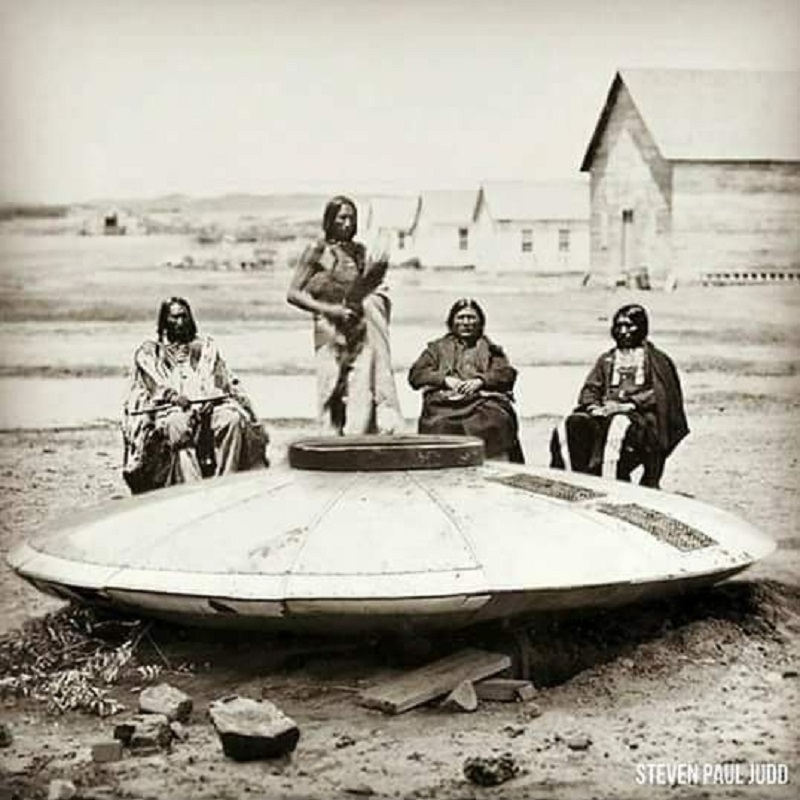For decades, the mystery of UFOs has captivated the imagination of people around the world. From unexplained lights in the sky to detailed eyewitness accounts of alien encounters, the quest to uncover the truth about UFOs has been a journey filled with intrigue, skepticism, and wonder. This article takes a deep dive into the world’s quest to understand UFO encounters in the last century, exploring key incidents, scientific investigations, and the ongoing debate over the existence of extraterrestrial life.

### Early Encounters and the Birth of UFO Phenomenon
The modern UFO phenomenon began in the mid-20th century, with the infamous 1947 Roswell incident marking a pivotal moment. A mysterious object crashed near Roswell, New Mexico, leading to widespread speculation about alien spacecraft. While the U.S. military initially reported recovering a “flying disc,” they later retracted the statement, claiming it was a weather balloon. This incident sparked a global fascination with UFOs and set the stage for numerous sightings and investigations.

### The 1950s and 1960s: A Surge in Sightings
The 1950s and 1960s saw a significant increase in reported UFO sightings. During this period, the term “flying saucer” became popular, and various governments began taking the phenomenon seriously. Project Blue Book, a systematic study of UFOs conducted by the United States Air Force from 1952 to 1969, aimed to determine if UFOs were a threat to national security. Despite examining thousands of cases, the project concluded that most sightings could be explained by natural phenomena or human-made objects, though some cases remained unexplained.

### The 1970s and 1980s: Abductions and Close Encounters
The 1970s and 1980s brought a new dimension to the UFO phenomenon: alien abductions. Stories of individuals being taken aboard spacecraft and subjected to experiments captured the public’s imagination. The 1987 publication of Whitley Strieber’s book “Communion,” which detailed his own abduction experiences, further fueled interest. During this era, the concept of “close encounters” of the first, second, and third kinds—sightings, physical evidence, and direct contact, respectively—became part of the UFO lexicon.
### Scientific Investigations and Skepticism
While UFO enthusiasts and abductees shared their stories, the scientific community remained largely skeptical. Astronomers like Carl Sagan argued that extraordinary claims required extraordinary evidence. The lack of physical proof and the prevalence of hoaxes made it difficult for many scientists to accept UFOs as evidence of extraterrestrial life. Nonetheless, some researchers, such as J. Allen Hynek, who initially worked on Project Blue Book, became more open to the possibility of unexplained aerial phenomena after years of investigation.
### Government Disclosure and Declassified Documents
In recent years, government transparency regarding UFOs has increased. In 2017, The New York Times reported on a secret Pentagon program called the Advanced Aerospace Threat Identification Program (AATIP), which investigated military encounters with unexplained aerial phenomena. Declassified videos, such as the famous “Tic Tac” footage, showed Navy pilots encountering fast-moving, unidentified objects. These revelations reignited public interest and led to calls for further investigation and disclosure.
### The Role of Technology in Modern Investigations
Advancements in technology have transformed UFO investigations. High-resolution cameras, satellite imagery, and sophisticated radar systems have provided new tools for capturing and analyzing sightings. Organizations like the Mutual UFO Network (MUFON) and the Center for the Study of Extraterrestrial Intelligence (CSETI) use these technologies to gather and share data, aiming to build a more comprehensive understanding of UFO phenomena.
### Public Perception and Cultural Impact
UFOs have not only sparked scientific curiosity but also left a lasting impact on popular culture. Movies, television shows, and books have depicted alien encounters and speculated on the implications of discovering extraterrestrial life. This cultural fascination reflects humanity’s enduring quest to understand our place in the universe and the possibility of life beyond Earth.
### The Ongoing Quest for Answers
The journey to uncover the truth about UFO encounters in the last century is far from over. While many sightings have been explained, a significant number remain mysterious, fueling ongoing research and debate. As governments release more information and technology advances, the potential for groundbreaking discoveries grows. Whether UFOs are visitors from other worlds or simply unexplained natural phenomena, the quest for answers continues to captivate and inspire.
The enduring mystery of UFOs serves as a reminder of humanity’s innate curiosity and desire to explore the unknown. As we look to the skies and ponder the existence of extraterrestrial life, the quest to uncover the truth about UFOs remains one of the most intriguing and compelling chapters in our exploration of the cosmos.

